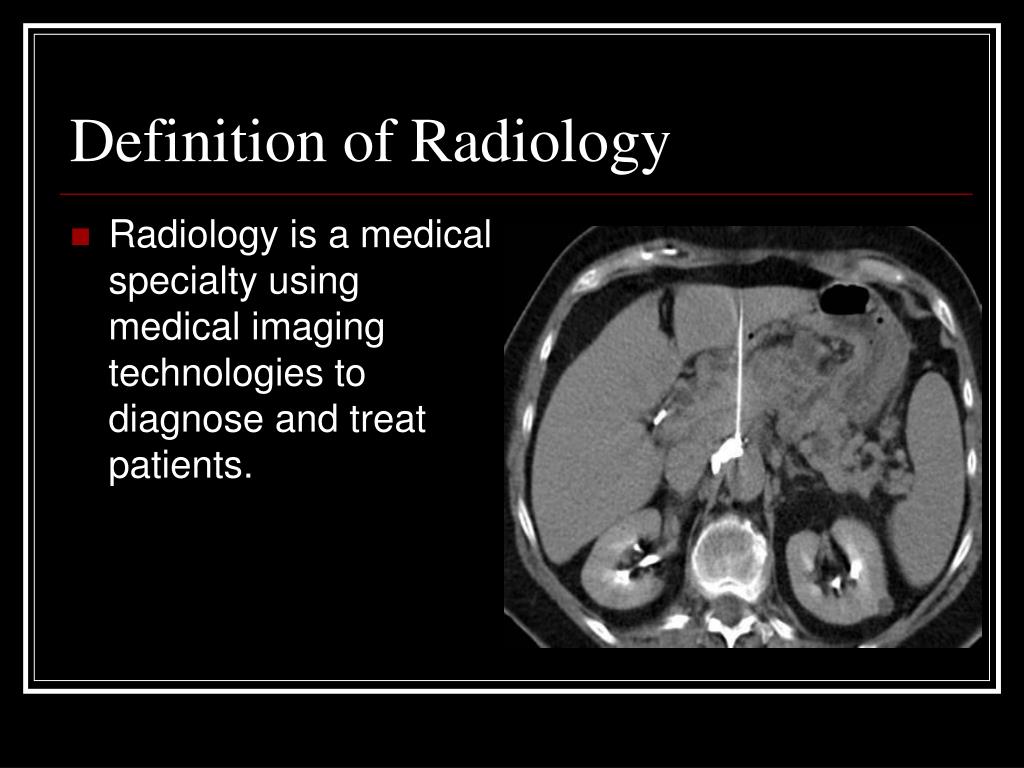
Symptoms may also include, but are not limited to, coughing, shortness of breath, excess mucus in the bronchial tube, swollen mucous membrane in the bronchial tube, and/or hypersensitive bronchial tubes. Physicians will generally label an adult with RAD if they have no prior diagnosis or history of asthma while exhibiting symptoms of wheezing, production of sputum, and/or the use of an inhaler. All of these factors lead physicians to label young children with RAD instead of asthma, since the disease is often only suspected and unable to be confirmed with pediatric patients. Diagnosing a child with asthma also carries a certain negative connotation, causing hesitancy from some physicians to do so.

This can be due to failure of very young children to cooperate. In addition, typical tests used to accurately diagnose children with asthma, such as the bronchial challenge test, are not considered to be accurate for children under the age of five. Asthma and viral bronchiolitis can also be nearly identical to each other when presented in very young children, since they both consist of wheezing, coughing, and nasal congestion. While infants tend to wheeze more often than adults, only one third of them eventually go on to actually have asthma. This is most prominent in pediatric settings for a variety of reasons. More commonly, RAD is now mostly used by physicians when they are hesitant to diagnose a patient with asthma. However, while this was how the term initially was introduced, RAD soon began to be used interchangeably with the term asthma itself, which has led to the current controversy over its place in medical diagnoses. These stimuli can include methacholine, histamine, and distilled water.

This feature is characterized by increased bronchoconstriction reactions in response to stimuli that should not elicit so strong of response. The term reactive airway disease originally began to appear in medical literature in the 1980s in reference to asthmatic patients with hyperactive airways, which is a common feature of asthma. It is common to see RAD incorrectly used as a synonym for asthma Unlike RAD, reactive airways dysfunction syndrome is recognized by multiple societies as a real clinical syndrome, including the American Thoracic Society and the American College of Chest Physicians. RAD can be confused with reactive airways dysfunction syndrome, an asthma-like disorder that results from high exposure to vapors, fumes, and/or smoke. Other problems that healthcare workers have with the use of the RAD label include its exclusion in the International Statistical Classification of Diseases and Related Health Problems, which can lead to billing issues in hospitals and other health care facilities, and the creation of a fabricated sense of security when using it has a diagnosis. There are also concerns with overtreatment and undertreatment with RAD amongst physicians, since there is little formality with the label.

Since RAD is not recognized as a real clinical diagnosis, its meaning is highly inconsistent and may cause confusion and misdiagnosis within the medical community. More generally, there is controversy over the use of RAD as a label in the healthcare setting, largely due to the ambiguous definition that the term has. While some physicians may use RAD and asthma synonymously, there is controversy over this usage. Physicians most commonly label patients with RAD when they are hesitant about formally diagnosing a patient with asthma, which is most prevalent in the pediatric setting. Individuals who are typically labeled as having RAD generally have a history of wheezing, coughing, dyspnea, and production of sputum that may or may not be caused by asthma. An exact definition of the condition does not exist. Reactive airway disease ( RAD) is an informal label that physicians apply to patients with symptoms similar to those of asthma. Medical condition Reactive airway disease


 0 kommentar(er)
0 kommentar(er)
